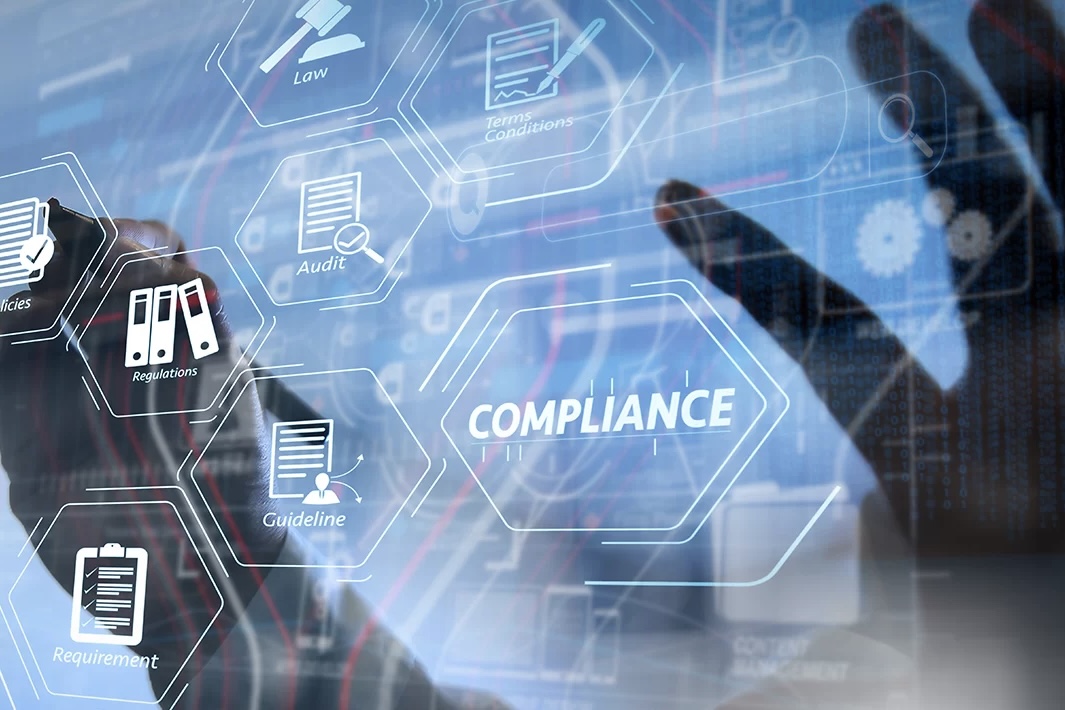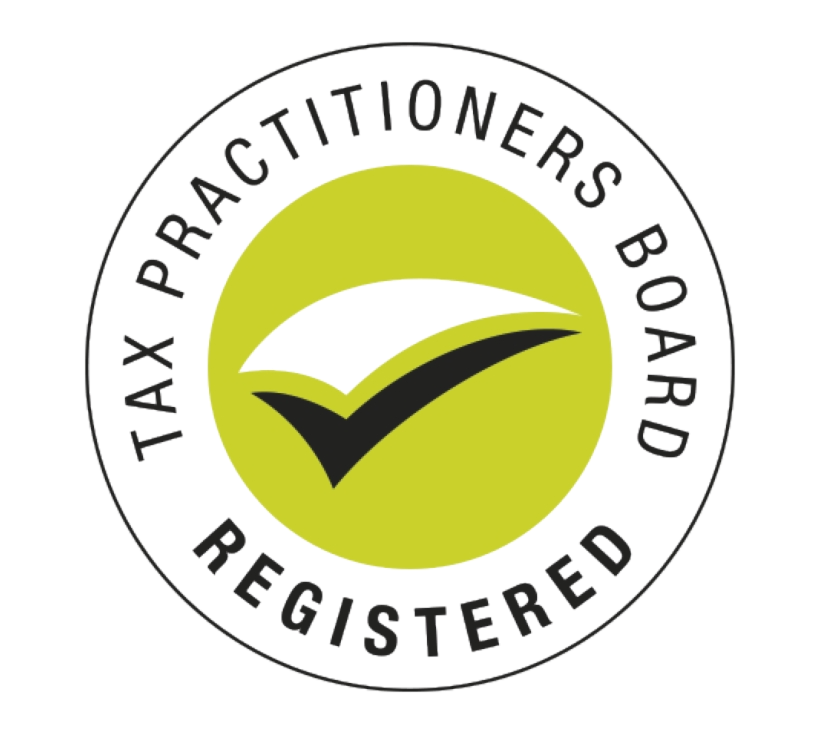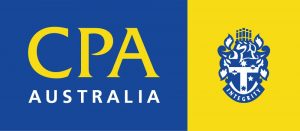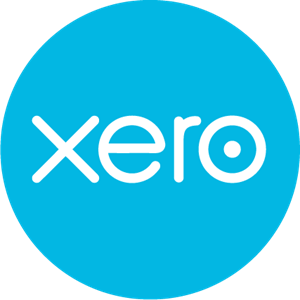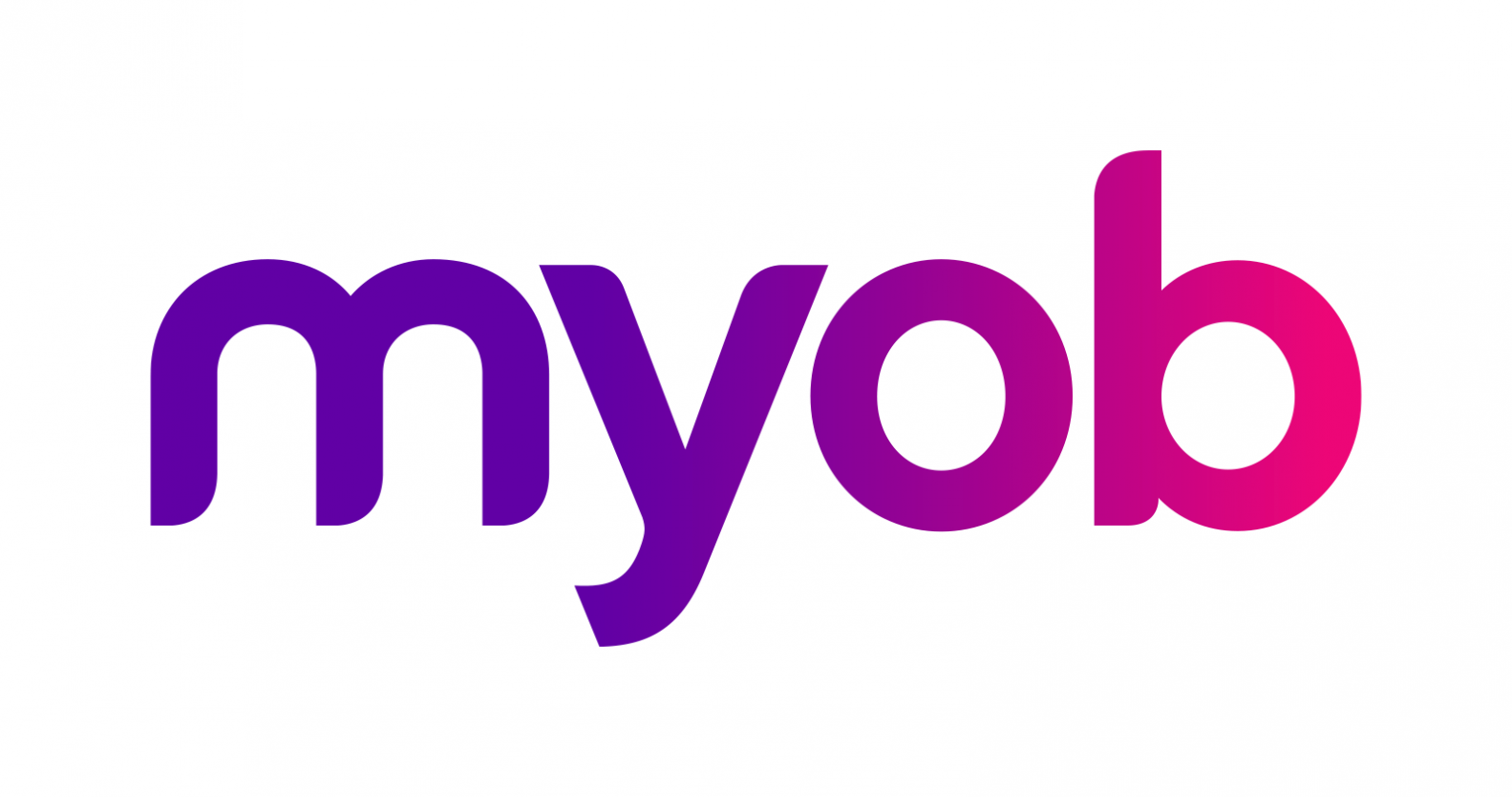ATO’s tips for correctly claiming deductions for rental properties
Taxpayers who have work done on their rental property should consider the following factors in determining claims for expenses.
- Repairs and general maintenance are expenses for work done to remedy or prevent defects, damage or deterioration from using the property to earn income. These expenses can be claimed in the year the expense occurred.
- Initial repairs include any work done to fix defects, damage or deterioration existing at the time of purchase. These are capital repair expenses and cannot be claimed as a deduction.
- Capital works are structural improvements, alterations and extensions to the property, claimed at 2.5% over 40 years (with some exceptions). Deductions for capital works can only be claimed after the work has been completed.
- Improvements or renovations that are structural are also capital works. Work going beyond remedying defects, damage or deterioration which improves the function of the property are improvements.
- Repairs to an ‘entirety’ are also capital and cannot be claimed as repairs. Repairs to an entirety generally involve the replacement or reconstruction of something separately identifiable as a capital item (for example, a depreciating asset).
- Depreciating assets must be claimed over time (as ‘capital allowances’) according to their ‘effective life’.
Notice of online selling data-matching program
- The ATO will acquire Australian sales data from online selling platforms for the 2024 to 2026 income years, including full names, dates of birth, addresses, emails, business names, ABNs, contact phone numbers and account details.
- The ATO estimates the total number of account records to be obtained will be between 20,000 and 30,000 each income year, with approximately 10,000 to 20,000 of these records relating to individuals.
- The objectives of this program are to (among other things) promote voluntary compliance and increase community confidence in the integrity of the tax and superannuation systems.
Small business energy incentive available for the 2024 income year
- Businesses with an aggregated annual turnover of less than $50 million that had upgraded or purchased a new asset that helps improve energy efficiency during the 2024 income year should consider the small business energy incentive.
- This new measure gives them the opportunity to claim a bonus deduction equal to 20% of the cost of eligible assets or improvements to existing assets that support more efficient use of energy.
- This incentive applies to eligible assets that were first used or installed ready for use for a taxable purpose between 1 July 2023 and 30 June 2024.
- Eligible improvement costs must have been incurred during this period to be eligible for the bonus deduction.
- Up to $100,000 of total expenditure is eligible under this incentive, with the maximum bonus deduction being $20,000 per business.
- This 20% bonus deduction is on top of other existing ones. Businesses can claim both the ordinary deduction for the expense as well as the bonus deduction.
Editor: Please make sure to let us know if you made any purchases that may be eligible for this bonus.
Importance of good record keeping when claiming work-related expenses
The ATO is advising taxpayers that having records to substantiate claims is essential to prove deductions can be claimed, having regard to the following in particular:
- A bank or credit card statement on its own will generally not be enough evidence to support a work-related expense claim. Taxpayers instead need detailed written evidence such as a receipt.
- If a taxpayer’s total claim for deductible work expenses is $300 or less, they can claim a deduction without written evidence, but they must still be able to show that they spent the money and how they calculated the amount being claimed.
- While some deduction types do not require receipts (e.g., laundry expenses), some kind of record may still be necessary. Taxpayers may also need a record that shows their private and work-related use (e.g., a diary), and how the amount claimed as a deduction was calculated.
SMSFs acquiring assets from related parties
SMSFs cannot acquire an asset from a ‘related party’ (such as a member or their spouse or relative) unless it is acquired at market value and is:
- a listed security (e.g., shares, units or bonds listed on an approved stock exchange);
- ‘business real property’ (broadly, land and buildings used wholly and exclusively in a business);
- an ‘in-house asset’ as defined, provided the market value of the SMSF’s in-house assets does not exceed 5% of the total market value of the SMSF’s assets; and/or
- an asset specifically excluded from being an in-house asset.
If the asset is acquired at less than market value, the difference between the market value and the amount actually paid is not considered to be a contribution. Instead, income generated by the asset will be considered ‘non-arm’s length income’ and will be taxed at the highest marginal rate.
Federal Court overturns AAT’s tax resident decision
- The Federal Court has recently overturned an Administrative Appeals Tribunal (‘AAT’) decision that a taxpayer was a resident of Australia for tax purposes (even though he was mostly living and working overseas during the relevant period).
- The taxpayer was a mechanical engineer who became an Australian citizen in 1978.
- He lived and worked in Dubai, United Arab Emirates, from September 2015 until 2020, and he spent less than two months in Australia for each of the 2017 to 2020 income years visiting his family.
- The AAT nevertheless held that he was a tax resident of Australia for each of the 2016 to 2020 income years, as he “maintained an intention to return to Australia and an attitude that Australia remained his home.”
- On appeal to the Federal Court, the taxpayer succeeded in having the AAT’s decision overturned.
- The Federal Court held, in considering whether the taxpayer was a resident of Australia according to ‘ordinary concepts’, that the AAT applied the wrong test, confusing it with the ‘domicile test’.
- Also, in relation to the ‘domicile test’, the Federal Court noted that the AAT further misunderstood how to establish that a person had a ‘permanent place of abode’ outside of Australia.
- The Federal Court accordingly held that the taxpayer’s appeal be allowed, and the matter be remitted to the AAT for determination according to law (i.e., the AAT needs to reconsider the matter).
Please note: Many of the comments in this publication are general in nature and anyone intending to apply the information to practical circumstances should seek professional advice to independently verify their interpretation and the information’s applicability to their particular circumstances.


